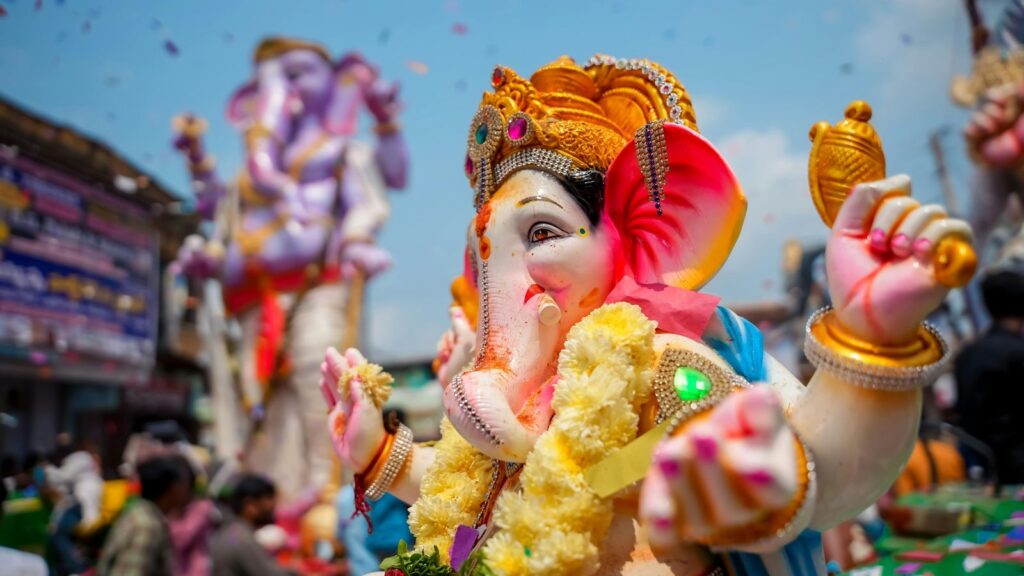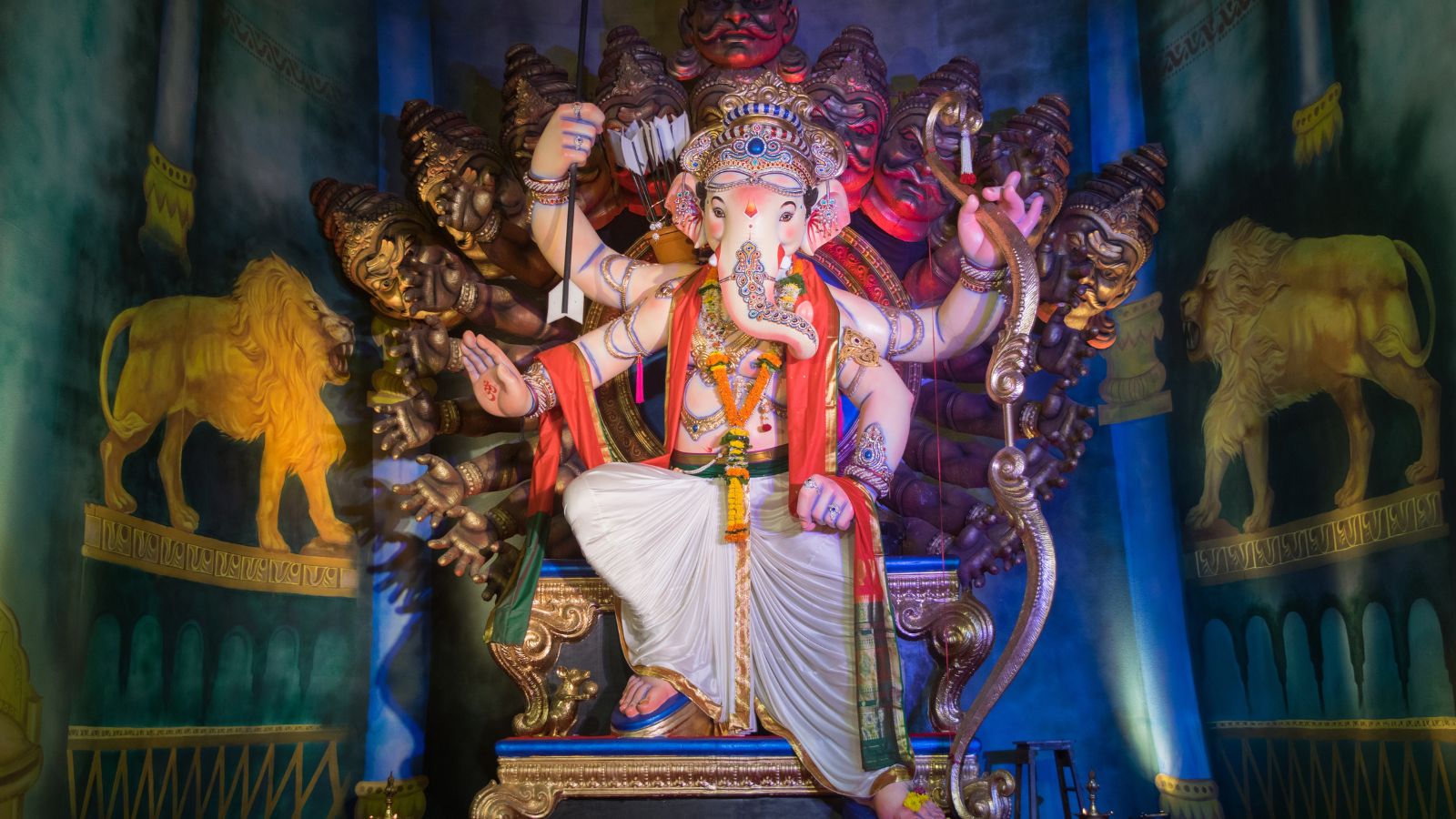Ganesh Chaturthi, the festival celebrating the birth of Lord Ganesha, holds deep cultural as well as political significance in modern Indian history. Though the worship of Ganesha is an age-old tradition, the public celebration of the festival gained prominence in the late 19th century when nationalist leader Bal Gangadhar Tilak transformed it into a collective movement.
During the British colonial rule, political gatherings were heavily restricted, while religious congregations faced no such curbs. Tilak recognized the opportunity and, in 1893, began encouraging large community installations of Ganesha idols, cultural performances and processions. These gatherings drew people from across castes and communities, breaking social barriers at a time when unity was crucial. Behind the devotional façade, the festival became a safe space for spreading nationalist ideas, building solidarity, and planning resistance against colonial policies.

Tilak skillfully linked devotion with patriotism, integrating themes of cultural pride and political awakening. He amplified this message through his influential newspapers, Kesari (in Marathi) and The Mahratta (in English), turning Ganesh Chaturthi into a powerful tool of mass mobilization. The image of Ganesha as Vighnaharta, “the remover of obstacles” resonated deeply with India’s struggle for freedom.
Post independence, Ganesh Chaturthi shed much of its political role and evolved into one of India’s grandest festivals. Today, it is celebrated with equal enthusiasm across states. Cities, towns and even villages witness elaborate pandals, community feasts, and immersion processions that bring people together.
However, the festival’s expansion has also brought challenges. Non-devotional activities and commercial excesses often overshadow its spiritual essence. It is important to remember that at its core, Ganesh Chaturthi was meant to foster devotion, strengthen social harmony and unite people under a shared purpose. Preserving this original spirit keeps the festival meaningful for generations to come.



